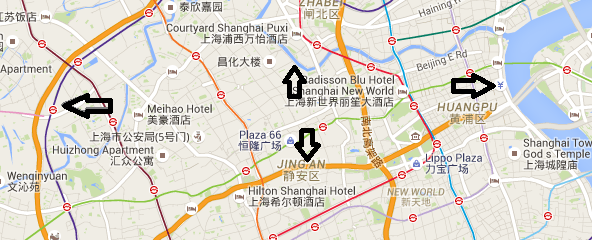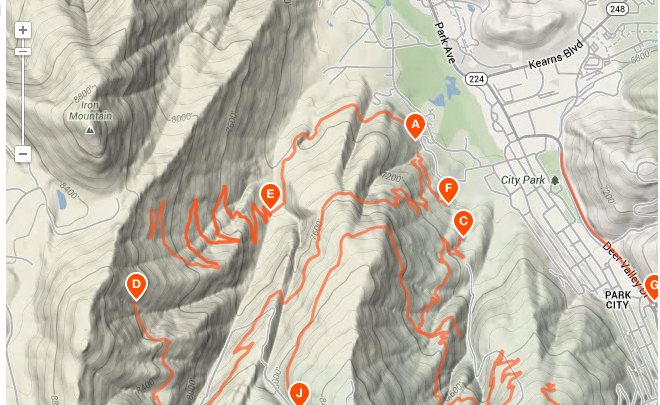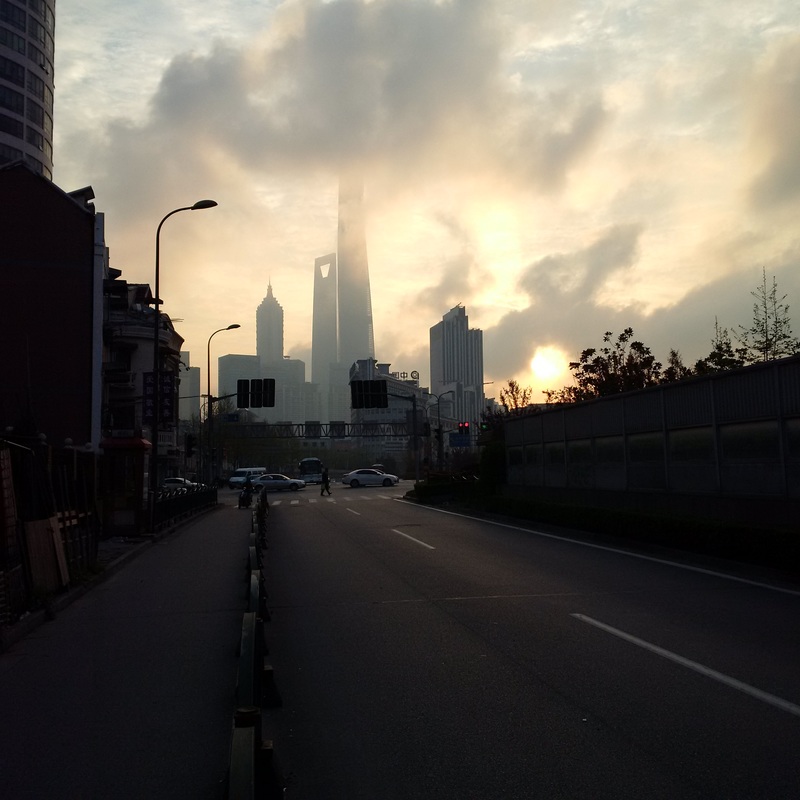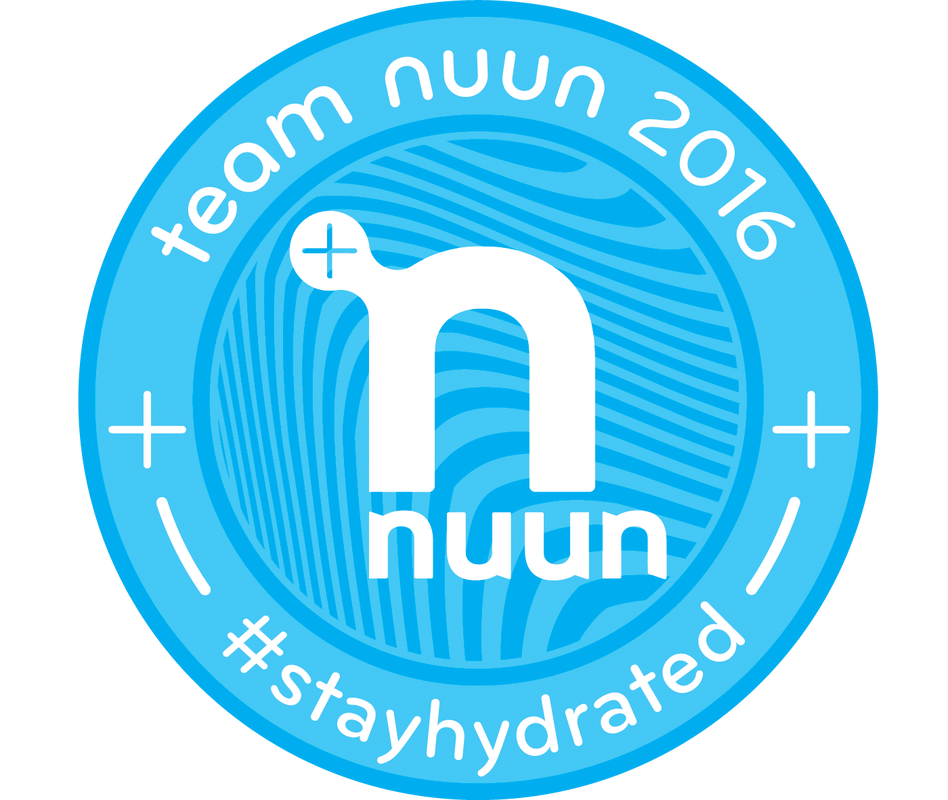However, instead of letting your travels be a detriment to your running, you can look at it as an opportunity to explore somewhere new. Based on that, I've put together a few tips and ideas to make running while travelling a bit easier.
Do Some Research Ahead Of Time
If I'm going somewhere new for the first time, I'll often do a google search for "running in XXXX" and see what comes up. Sometimes a local running club will have some routes posted.
Another good source of information is Strava. If you're a premium member, you can use the Heat Maps feature to show you where other runners in that area do most of their running. What I usually do though is search for segments in the area that I'm headed to. Very often people create segments for tough sections, such as hill climbs or gnarly trails, which is what I love to find. When you find something that looks like this, you might have found the jackpot. That's how I found some great trails in Italy last week, and in Detroit this week.
This can be the tricky part, but I have a couple of things that I do to help me find my way back.
1- Find a landmark to orient yourself to
Sometimes you can use something that you can see from just about anywhere that will help you get your bearings. For example, in Toronto you know that the CN Tower is on the water, which means that if you're facing it, you're facing south, and you can also orient yourself by east and west with it as well. When I was in Shangai a couple of months ago I used the new Shanghai Financial Tower like that. There weren't too many places in the city where you can't see that from. Sometimes you'd have to get to an open area like a park, or to an intersection to give you a sight line, but it wasn't hard to find if you needed to.

Using buildings and mountains won't help you find your way exactly to an adress, but they sure can help in pointing you in the right direction.
2- Make a grid for a reference
This is what I do most often. For example, in Detroit, there are major east/west roads every mile, creatively named 8 Mile Road, 9 Mile Road, 10 Mile Road etc, so I know that if I start on one of those, and turn in the same direction 3 times, I'll end up back where I started. Sometimes though if the place you're staying isn't laid out in a grid formation, you can use other things, such as rivers or highways. I used this method also when I was in Shanghai. There was a river to the east of my hotel, and another to the north, and there were major elevated highways to the south and to the west, so if I went in a straight line for long enough, I knew I would run into one of those 4, and be able to get myself back to where I wanted to be.
3- Ask someone
This doesn't always work. I remember one time when I was in Philadelphia I asked the hotel clerk if she had any suggestions where I could go for a run. She looked at me like I had two heads and said "Honey, people don't run around here!" I've found that to be the case in a lot of American cities, particulalry in the suburbs- there isn't really a safe place to run due to lack of sidewalks. Very often these places are set up for cars, not pedestrians. In those cases I'll often do a google search for a nearby cemetery- if you can find a cemetery, you can be pretty sure that it's safe to run there and not get run over by a car.
Some hotels are a bit more runner friendly, and have maps they can give you with suggested routes. I usually find though that they are pretty short- just a couple of miles, so not really useful for someone training for a marathon or an ultra, but at least they can get you pointed in the right direction.
Asking a local can also be helpful if there are areas that you should stay away from. I've never had any trouble, but I chalk that up to the fact that I run early in the morning, and I figure that bad guys are out late doing bad stuff, so they won't be around at 5:30am. I'm not sure how sound that logic is, but it's worked for me so far.
4- Take your hotel business card with you
This is a particularly good idea if you're somewhere where you don't speak the language. If you get massively lost, you can show the business card to a taxi driver and get driven back.
5- Make sure you know the units you're looking at in Google Maps
One time when I was in Texas, I had a couple of hours before my flight home to Canada, so I planned on doing a decent run. I figured I had enough time for 15-20 km, so I mapped out a route and set off into the countryside. After about 1.5 hours I still hadn't hit the road that I needed to make a turn on and realized that I was used to using maps.google.ca (the Canadian version, which measures in km) and I had accidentaly mapped out an 18 mile route on the American version of google maps, not 18km. I ended up having to really pick up the pace in order to make it back to the hotel and get to the airport in time. That was a lesson well learned!
Travelling can be great for your running. Sometimes we can get into a bit of a rut in our normal routine, and getting to go explore somewhere new can be a good kick start, and it's a great way to get to know a place.




 RSS Feed
RSS Feed
